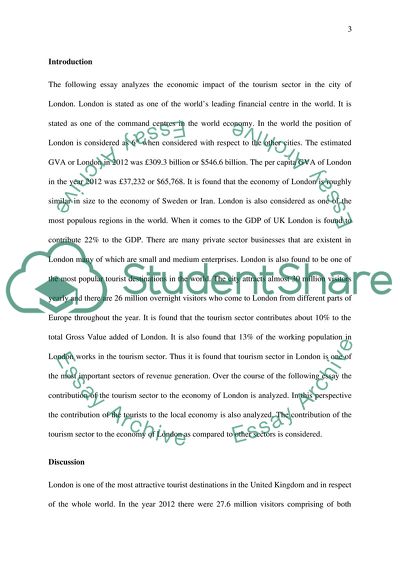Cite this document
(Economic Impact of Tourism on London Coursework, n.d.)
Economic Impact of Tourism on London Coursework. https://studentshare.org/tourism/1881201-prepare-an-economic-impact-report-for-the-tourism-sector-for-a-city-or-region-of-your-choice-the-report-will-assess-the-economic-position-of-tourism-against-other-sectors-by-drawing-on-secondary-data-such-as-supply-chains-or-specialisation-lq-data-it
Economic Impact of Tourism on London Coursework. https://studentshare.org/tourism/1881201-prepare-an-economic-impact-report-for-the-tourism-sector-for-a-city-or-region-of-your-choice-the-report-will-assess-the-economic-position-of-tourism-against-other-sectors-by-drawing-on-secondary-data-such-as-supply-chains-or-specialisation-lq-data-it
(Economic Impact of Tourism on London Coursework)
Economic Impact of Tourism on London Coursework. https://studentshare.org/tourism/1881201-prepare-an-economic-impact-report-for-the-tourism-sector-for-a-city-or-region-of-your-choice-the-report-will-assess-the-economic-position-of-tourism-against-other-sectors-by-drawing-on-secondary-data-such-as-supply-chains-or-specialisation-lq-data-it.
Economic Impact of Tourism on London Coursework. https://studentshare.org/tourism/1881201-prepare-an-economic-impact-report-for-the-tourism-sector-for-a-city-or-region-of-your-choice-the-report-will-assess-the-economic-position-of-tourism-against-other-sectors-by-drawing-on-secondary-data-such-as-supply-chains-or-specialisation-lq-data-it.
“Economic Impact of Tourism on London Coursework”. https://studentshare.org/tourism/1881201-prepare-an-economic-impact-report-for-the-tourism-sector-for-a-city-or-region-of-your-choice-the-report-will-assess-the-economic-position-of-tourism-against-other-sectors-by-drawing-on-secondary-data-such-as-supply-chains-or-specialisation-lq-data-it.


